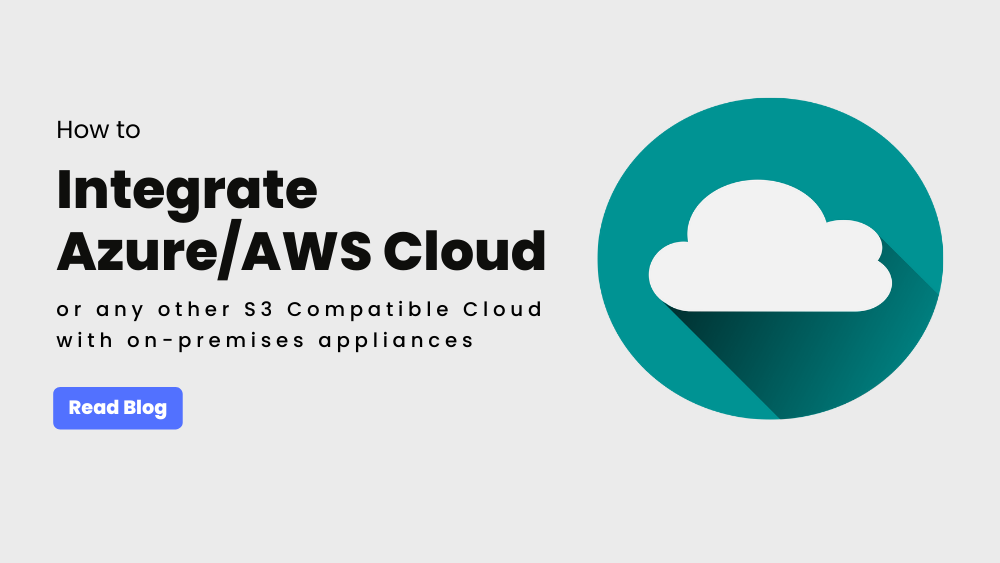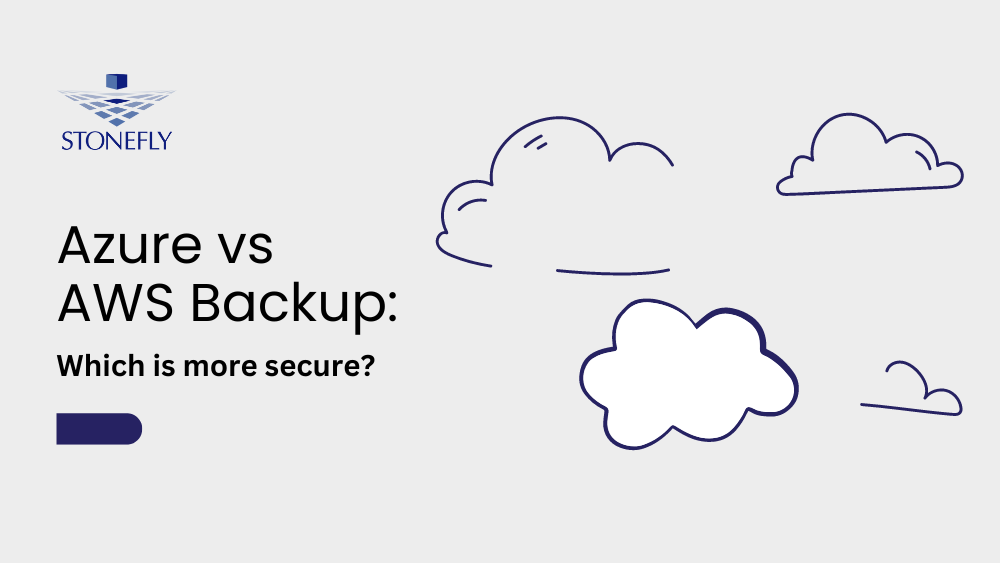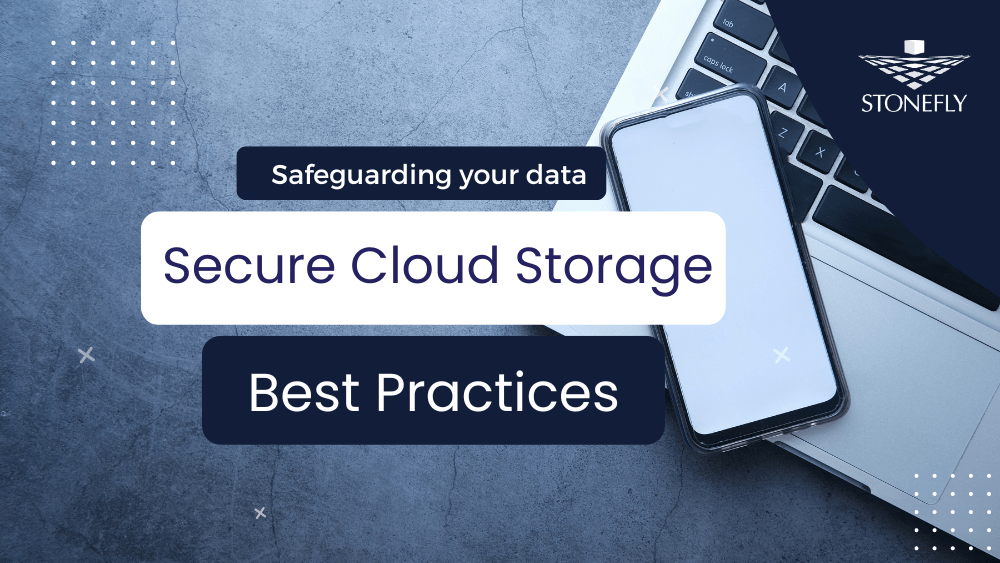The process was so costly and time consuming in the past that some enterprises went bankrupt. Then came the cloud with best data protection solutions. Cloud ensured shared data center, automatic upgrades, security and performance, paying only for what you use. Cloud enables best of both worlds, providing you with software services that link your on premises infrastructure, to unlimited cloud scalability and automatic recovery services.
Adding cloud storage to an existing backup environment is evolutionary. But today, it’s not sufficient to hire a cloud vendor and accept that the cloud migration will go smoothly, as the public clouds are complicated these days. Including cloud to the data protection strategy, with step by step process is the best option for data protection.
Why include cloud in your data protection strategy?
If you are the organization which is trying to improve the IT agility and control costs, then it’s easy to recognize why both cloud services and technologies connected with good Return on Investment (ROI) holds lucrative attractions for you. We are in an era of digital transformation. Today, business value is calculated not only by ROI, but it is also measured by the capacity to deliver faster application deployment. This makes a better user experience and simpler operations.
Many organizations adopt cloud services in their data protection strategies due to financial reasons. Cloud being an inexpensive alternative to operate on premises is the better option for data protection. Cloud also allows backups to be stored outside of data center which is important for data availability. If your current backup software is raising some issues then you must consider replacing your backup software as a part of your cloud adoption.
Which type of cloud serivce should you use?
You have to decide which type of cloud will meet your data protection needs. There are many cloud backup options. But every cloud data protection is not well suited to the organization’s needs. So you have to be careful about your options. If you have a cloud-based data, then the data will be protected in the same way as you protect your data on-premises. Data protection requirements of the organizations do not change just because data is moved to cloud.
There are three major storage options:
- SaaS (Storage as a Service)
- BaaS (Backup as a Service)
- DRaas ( Disaster Recovery as a Service)
You can use Storage as a Service (SaaS) for to create redundant copies of your data in the cloud. It will allow the data to be stored in the Public Cloud.
Another option which will be feasible for you is the Backup as a Service (BaaS). The possibility of this option varies. Backup jobs are accomplished by the cloud-based backup server rather than from a local backup server.
Disaster Recovery as a Service (DRaaS) is quite popular. It is like BaaS but it includes another advantage that allows the workloads failover and move to the cloud where they can run normally. If your primary site goes down, you can still run operations/applications on the cloud. Thus, business continuity is not interrupted.
How can you ensure that your data is secure in the cloud?
Many of the companies using a data protection solution often find the cloud more secure for data protection. Cloud can help improve data security. This mainly depends on the backup solution. It is possible that your data is not encrypted at this point of time but in the cloud the data is always encrypted whether at rest or in transit.
In cloud, physical access to the data is restricted. Cloud also provides a layer of physical isolation between the data center and your backup so it is impossible for anyone to break into your data.
The business leaders these days are desiring for Digital Transformation initiatives. Microsoft Azure Cloud and Veeam’s solutions together can make complete approach to Digital Transformation initiatives. More than 70% of organizations have a cloud-first application deployment strategy. Cloud-first initiatives are a transition to Microsoft Office 365 and public clouds such as Microsoft Azure. However, success is not a given in this transition. Many IT leaders will need more robust data protection capabilities to fulfill their organizational data recovery and retention requirements.
A study of IDC conducted on customers using Veeam with Microsoft Office 365 and Microsoft Azure concluded that IT companies used it successfully and gave the following feedback:
- It is simple to use
- It gives improved service level delivery
- It reduces labor associated with data protection
- It provides safe and secure storage of data offsite
- It has eliminated the use of tape for backup and recovery









